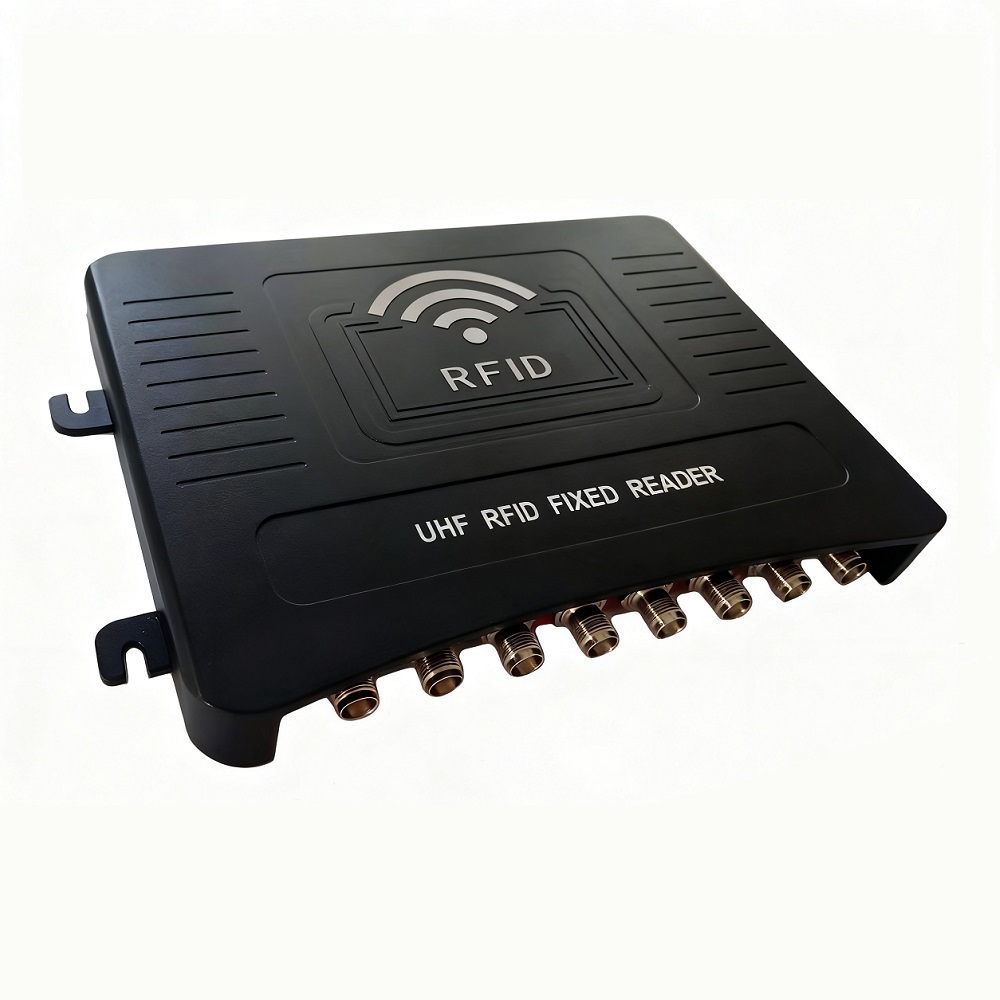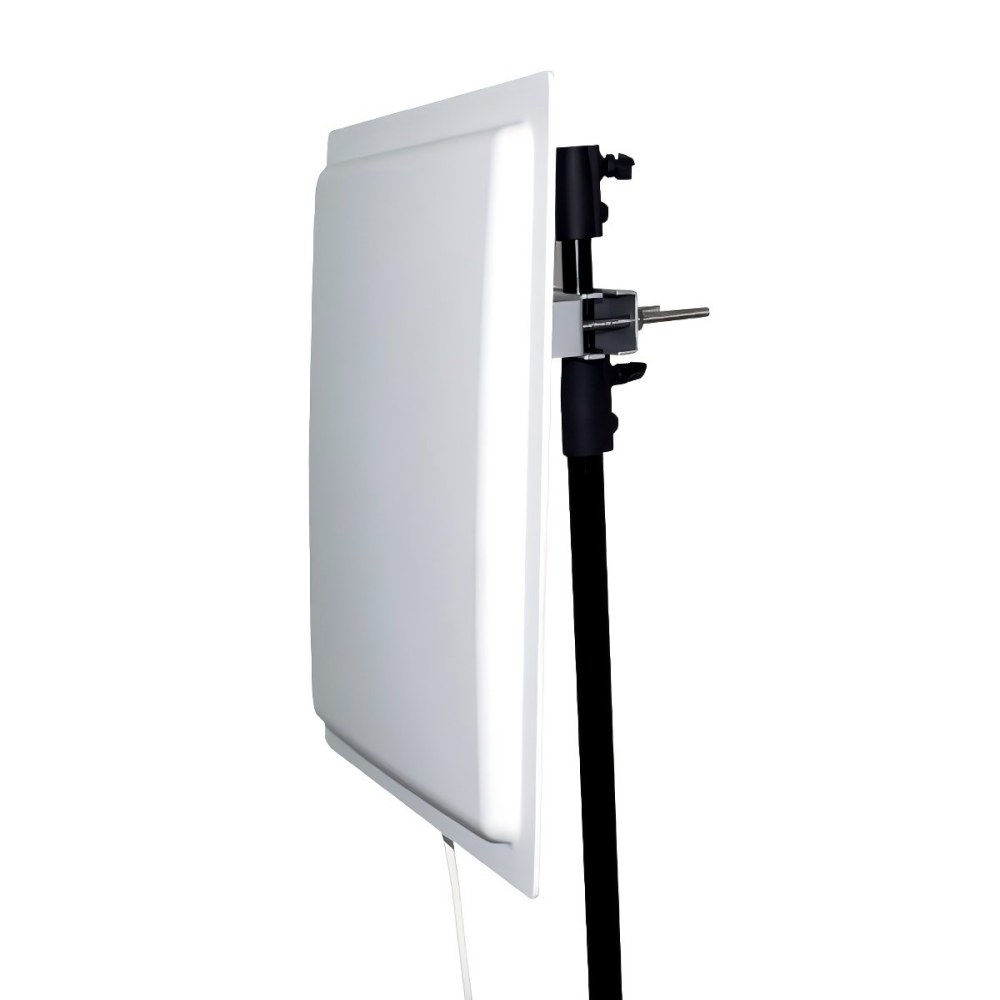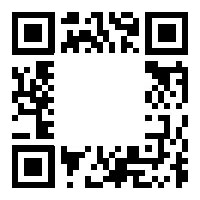By integrating barcode recognition or RFID technology into patient wristbands, medication labels, and specimen tags, the system incorporates patients, medications, labels, and medical devices into an information management framework. Through PDA mobile devices scanning tag data, mobile management can be implemented. This approach eliminates redundant procedures in healthcare services, reducing hospital operational costs while simultaneously enhancing both operational efficiency and regulatory oversight effectiveness.
With the advancement of global information technology, internet-based healthcare has been steadily expanding worldwide, with some developed nations reaching maturity. In recent years, China has introduced a series of policies and guidelines to encourage and support the development of telemedicine. According to IDC research: Since the launch of mobile application pilot programs in 2012,17.5% of tertiary hospitals nationwide have implemented mobile applications. Over the next two years, an additional 20.3% of tertiary hospitals plan to deploy such systems. Smart healthcare is quietly transforming our medical practices.
Currently, medical institutions predominantly utilize PC-based Hospital Information Systems (HIS) as their core management platforms. While these systems have achieved basic network infrastructure and data storage digitization to some extent, traditional workflows remain prevalent in clinical nursing information collection and other hospital administration processes. For example, during routine medical procedures, healthcare workers must manually print paper medical records to access patient information. When executing medication orders, staff need to manually verify drug details against patient profiles. For instance, when recording vital signs, nurses must first transcribe information through verbal descriptions and handwritten notes before computerizing the data at the nursing station. This outdated information transmission method compromises data accuracy, making hospitals prone to medical disputes caused by human errors in judgment or documentation mistakes.
Through comprehensive analysis of healthcare industry challenges, our company has developed smart medical solutions leveraging PDA handheld terminals. By integrating barcode scanning and RFID technology into patient wristbands, medication labels, and specimen tags, these systems enable rapid identification of assets including patients, medications, specimens, and equipment during hospital admissions, clinical treatments, examinations, surgeries, and emergency care through PDA scanning. This intelligent system not only enhances operational efficiency and management standards but also ensures swift, accurate, and efficient workflows. Crucially, it can even save lives in critical situations, demonstrating both practical effectiveness and life-saving potential.
1. Implementation of medical instructions:
When carrying out medical orders, medical staff will scan the patient's wristband, drug bar code and bed number bar code through the intelligent handheld device, which will help the hospital strictly standardize the nursing process and reduce the occurrence of medical errors to a greater extent.
2. Inventory of medical instruments:
For the fixed assets inventory of valuable medical instruments, bar code or RFID electronic tag technology is used to attach a unique identity to the valuable instruments and articles, and input into HIS system. Through intelligent handheld device, the fixed assets inventory can be carried out quickly, saving manpower and material costs.
3. Report query:
Through the PDA intelligent terminal, employees and managers can also query sales reports and work diaries in real time, effectively analyze staff attendance and sales performance, facilitate centralized control of enterprises, and improve standardized and scientific management efficiency.
4. Blood bag management:
Smart medical technology applies unique barcodes or RFID tags to each certified blood bag. Through handheld scanners, healthcare providers input critical data into the corresponding blood bag labels and transmit this information via 4G/5G or WiFi networks to hospital HIS systems. This ensures complete transparency throughout the entire process—from collection to utilization—while maintaining traceability and guaranteeing blood bag safety.
5. Medical waste management:
In the medical waste room of the hospital, an RFID tag is installed for each medical waste bucket, and the information such as garbage category, time, location and responsible person is written into the tag with the intelligent handheld terminal. The corresponding information is uploaded to the hospital system through the network, so as to realize the classification and tracking of medical waste and prevent secondary infection.
6. Drug traceability:
The intelligent medical terminal is used to input and read the drug bar code information, control the drug inventory status and circulation information in real time, recall the problem products in time, ensure the legal sales channels, and ensure the quality and safety of drugs.








